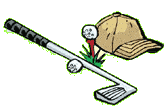BAM! Body and Mind
Physical Activity
Physical Activity

 Meet Brandon Edge—a 12-year old golfer from Lakeworth, Florida. Brandon was born with cerebral palsy (a disorder that causes the loss of movement parts of the body), which made it almost impossible for him to get involved in his favorite sport...golf. But, he didn't let that stop him!
Meet Brandon Edge—a 12-year old golfer from Lakeworth, Florida. Brandon was born with cerebral palsy (a disorder that causes the loss of movement parts of the body), which made it almost impossible for him to get involved in his favorite sport...golf. But, he didn't let that stop him!
Brandon first became interested in golf when he and his family played goonie golf (also known as putt-putt or miniature golf) at a local course, and at the end, the course manager awarded Brandon the ball. That was the beginning of his love for the game—he began watching golf on TV, and played his own style of golf by rolling the ball around his house and into cups. Brandon's parents even went to a local sports store and bought the end of a hockey stick (the curved, plastic end) so that Brandon could use that to hit the ball around. But, more and more, Brandon grew to love the game and wanted to play like his favorite player, Tiger Woods. So, the search began—Brandon's Dad combed the Internet and finally found the Children's Golf Foundation—and the best part is...it's only 45 minutes from Brandon's house.
Read More!
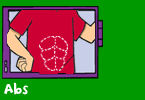
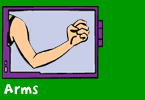
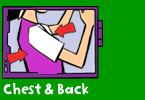
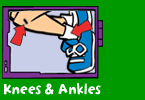
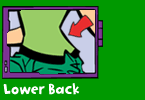
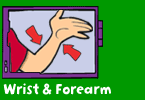

There are 336 dimples on a regulation golf ball.
When walking on the moon, astronaut Alan Sheppard hit a golf ball that went 2,400 feet, nearly one-half a mile.
In 1997, at the age of 21, Tiger Woods became the youngest player ever to win the Masters (by the largest margin in a major championship in this century).
When walking on the moon, astronaut Alan Sheppard hit a golf ball that went 2,400 feet, nearly one-half a mile.
In 1997, at the age of 21, Tiger Woods became the youngest player ever to win the Masters (by the largest margin in a major championship in this century).
Centers for Disease Control and Prevention, 1600 Clifton Rd, Atlanta, GA 30333, U.S.A
Tel: (404) 639-3311 / Public Inquiries: (404) 639-3534 / (800) 311-3435
Tel: (404) 639-3311 / Public Inquiries: (404) 639-3534 / (800) 311-3435
